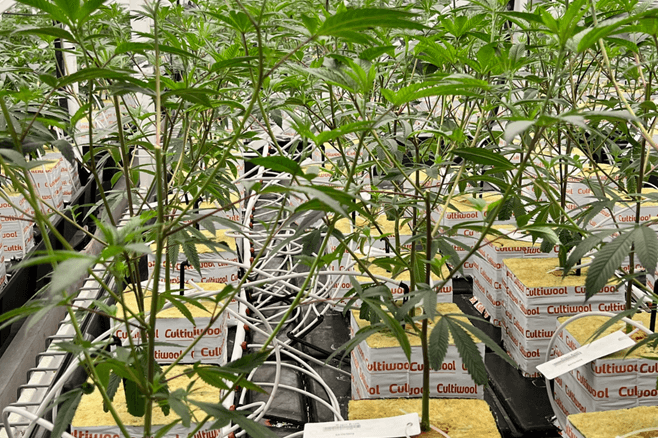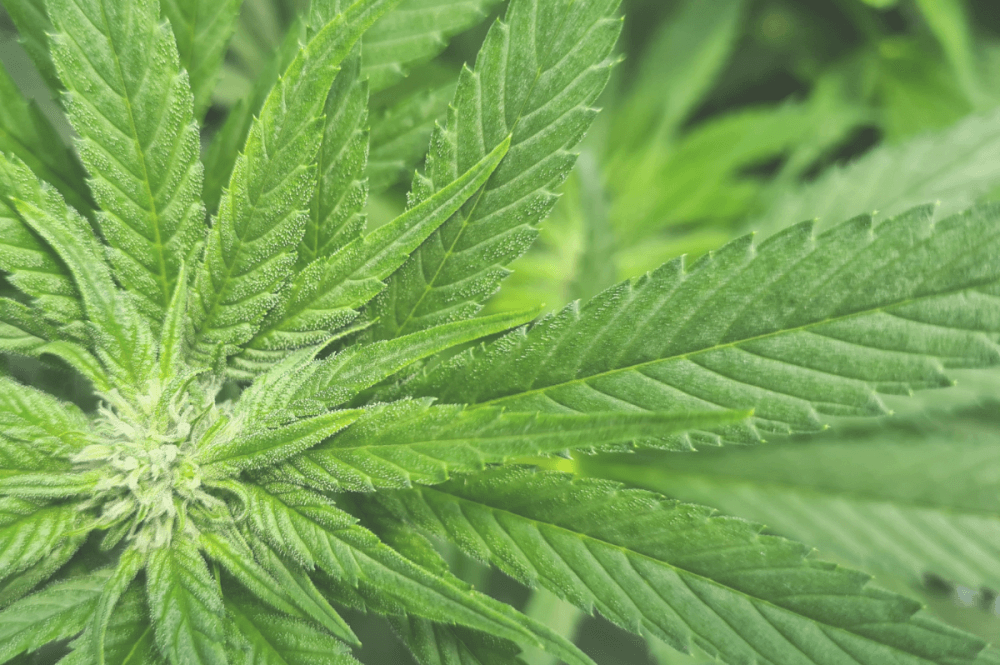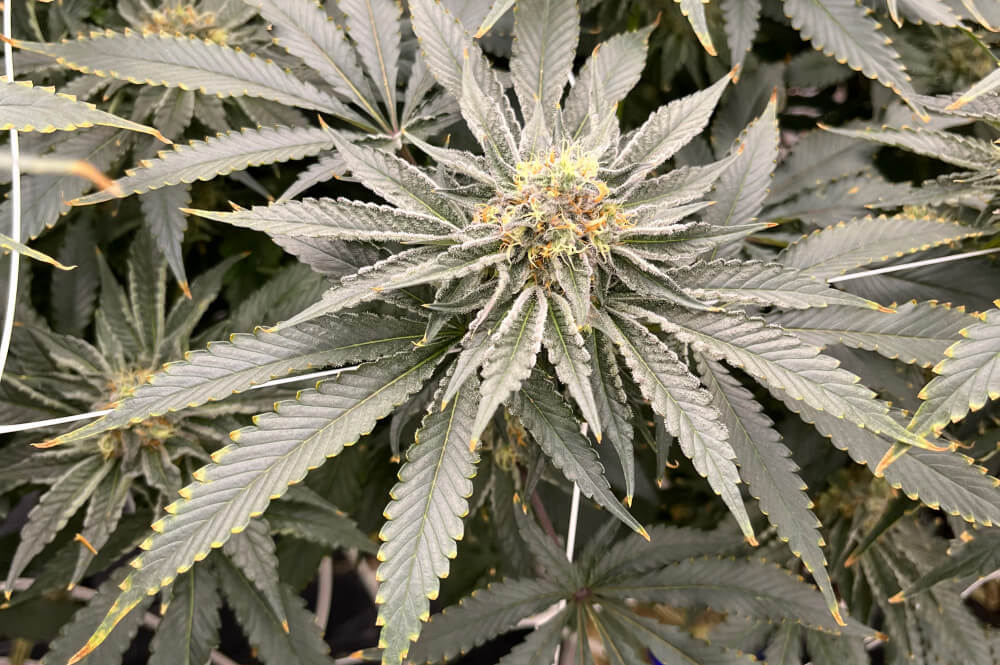
Irrigation Strategies for Cannabis Cultivated in Stone Wool
10 October 2022
Crop steering, irrigation scheme, and drain
One of the most interesting characteristics of stone wool is its ability to extract water at very low moisture content levels. Stone wool is able to take up water instantaneously when partially dried out, unlike other substrates where plant wilting would be inevitable. Furthermore, there is a moisture gradient from top to bottom. Where the top is drier to allow for aeration (which also makes the substrate ideal for hydroponic cultivation). Nevertheless, growers who are unaware of this characteristic of stone wool might be in the illusion of stone wool drying out too fast, risking over-irrigation, therefore, good understanding and knowledge about stone wool is required.
A suitable irrigation strategy
The irrigation scheme has many effects on the development and growth of the crop. That is why it is so important to make sure the irrigation strategy applied is suitable for the cannabis plants. According to the situation and crop stage to create and maintain required balances, such as vegetative growth vs. generative growth, WC (water content), EC, pH, and more. For example, when grown in a greenhouse, it is important to pay attention to the outdoor weather conditions and adjust the irrigation scheme accordingly. Creating and maintaining a healthy root zone is what we want for cannabis plants to reach optimal growth and maximum yields. If you want to know what should be measured and how to do that. Read our article about precision growing and monitoring.
What to take into consideration
When discussing the irrigation strategy, a few things should be noted, these are the irrigation cycle size, intervals, starting and stopping times of irrigation. These may vary depending on the growing stage of the crop, the environmental conditions, and the desire of the grower (e.g., crop steering, strengthening the root system, energy saving, etc.). Also, attention should be paid to the nutrient solution and amount and moment of (the first) drain. Any nutrient deficiencies and/or excess will effect the cannabis plants. A balanced nutrient solution in combination with the right irrigation strategy and application system is the key to healthy crops.
The preferred application system for cannabis cultivation on stone wool is pressure compensated drip irrigation. Recommended is to have two drippers for the bigger blocks (666), while only one for the smaller blocks. Also the size of the crop plays a role, and therefore, cultivar-dependent; the more vigorous, bushy plants will need more water.

Balancing the WC
The target level for WC (water content) is between 50% and 90% of the volume. The WC is usually decreased during the ‘night-time', meaning, the dark period, as irrigation is not supplied. In order to maintain a good level of WC, the irrigation strategy should be divided into cycles, of which the start and stop time should be thought of as well (mostly depending on the time of given light). Irrigation should start when plants are transpiring. You want to see plants are taking up water first before applying irrigation. Depending on light intensity this can be 30 minutes up to 120 minutes after lights on. Other important aspects are stopping time end of the day, shot sizes and daily dynamics. In one of the following articles we explain in detail about the daily irrigation dynamics.
Irrigation shots
In order to keep the plant in its vegetative stage, (meaning, large, pale leaves, thicker stem, taller with more roots, bigger plant cells, small and pale flower/buds) frequent irrigation with a smaller amount of water in each injection should be applied. This will maintain a wetter substrate for a longer time (so, higher WC (water content) in the blocks), and lower the EC.
On the other hand, to steer the plant into its generative stage, therefore, flowering (meaning small, dark leaves, short robust plants, stronger inside grow media roots, and bigger buds), bigger, but less frequent irrigation shots should be given. Then the blocks (and plants) will experience more dry backs, and the EC will be higher.
![cultiwool6x6x6[3] cultiwool6x6x6[3]](https://www.cultiwool-substrate.com/cache/65a63e7b98e67b002a854cf43e697440/cultiwool6x6x6[3].png)
Efficient irrigation
The blocks should not be kept in standing water, therefore free drainage should be made available. You can read here about our cross groove technology, which is beneficial for the drain. Overall, the drain should be between 10% and up to 30% and is important to refresh the EC in your substrate.
Making irrigation efficient is an important goal because it has many benefits for the grower, a few examples are the reduced use of fertilizers and water (which saves money and increases sustainability) while enhancing the health and quality of the crop, by, for example, controlling the EC levels. More can be read about it in this article.
Want to know more?
On this website you will find more information on our stone wool substrates and instructions for optimum use! If you have any question, remark, or request, please feel free to contact us here, or via our Facebook and Instagram accounts.
More items

Where can I find Cultiwool?
Discover more about our Cultiwool network



